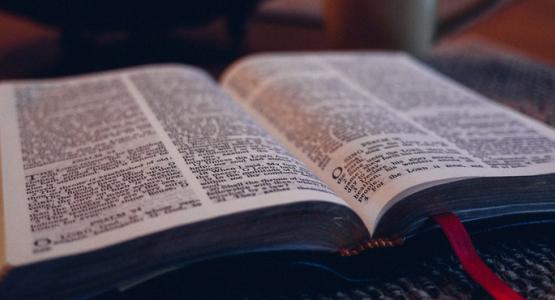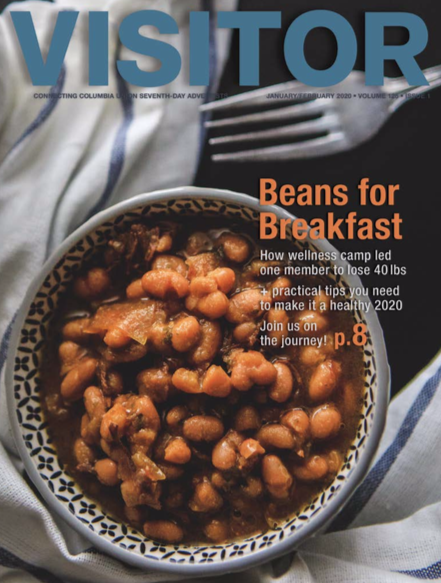
Fun Facts about the Psalms
Compiled by Rob Vandeman
- David wrote at least 75 psalms. Seventy-three bear his name. Acts 4:25 confirms he wrote Psalm 2 and Hebrews 4:7 confirms he wrote Psalm 95.
- In addition to David, at least six other authors contributed to the book of Psalms, including Moses (Psalm 90), Solomon (Psalm 72 and 127), Asaph (12 psalms), the “sons of Korah” (11 psalms), and Ethan the Ezrahite (Psalm 89).
- According to Jewish tradition, David wrote 88 of the psalms. Moses wrote (Psalm 90-100), Jeremiah wrote Psalm 137 (during the Babylonian captivity), Haggai wrote Psalm 146 and Zechariah wrote Psalm 147.
- Fifteen of the psalms (120-134) are designated “A Song of Ascents,” and were sung by Jewish pilgrims as they made their way “up” to Jerusalem for the annual feasts.
READ MORE FROM THE JOURNEY THROUGH THE PSALMS BLOG
- Psalm 25, 34, 37, 111, 112, 119 and 145 are examples of acrostic Hebrew poetry. In these seven psalms, the first letter of each line, verse or stanza begins with a successive letter of the Hebrew alphabet. The acrostic nature isn’t readily apparent in English translations. A good hint is the 22 verses corresponding to the 22 letters of the Hebrew alphabet. Psalm 119 is an expanded acrostic.
- Psalm 90 may be the oldest Psalm, written by Moses around 1450 B.C. before God’s call to liberate the Hebrew people from Egypt. About 1,000 years later, the last of the Psalms (including 137) were written and added to the biblical canon.
- The Greek translation of the Old Testament (The Septuagint) includes an extra psalm (151) said to be written by David after he slew Goliath. David may have also written Psalm 18 and 144 after this historic event.
- The key word in the Psalms is “praise” and appears 211 times compared with 129 occurrences in all the rest of Scripture combined.
- Psalm 88 is the only psalm that ends without some sense of praise or hope in God.
- The word “Selah” appears 71 times throughout Psalms, perhaps indicating that the reader should pause or keep reading or call the congregation to respond or signal a musical interlude or some other musical notation. There are lots of possible answers, but in reality, the meaning is uncertain.
- From ancient times, Psalm 95 has been used by God’s people as a call or guide to worship.
- During the Passover celebration, it became customary to recite Psalm 136 and Psalms 113-118. Jesus may well have recited these at the Last Supper.
- The most obvious grouping of psalms is the division of the Psalter into five major books (1-41; 42-72; 73-89; 90-106; 107-150). The five books were intentionally created to parallel the five books of Moses. Each of the five books closes with a doxology.
- There are seven so-called “penitential psalms”(6, 32, 38, 51, 102, 130, 143) that have been widely used by Christians as a vehicle to articulate confession of sin.
READ "PATTERNS FOR PRAYER: LEARNING TO PRAY WITH THE PSALMS
 Read these articles from the January/February 2020 Visitor Magazine:
Read these articles from the January/February 2020 Visitor Magazine:
- Editorial: A Year of Possibilities
- Change that Lasts
- Find Victor the Visitor Mouse (and get a gift from LivingWell!)
- Get Healthy in 2020 With These Tips!
- How to Order Extra 2020 Calendars
- Start Taking Photos for the 2021 Calendar
- Visitor Editors Through the Years
- Watch Videos from the Columbia Union Leadership Summit on Sola Scriptura
- What Do People Eat at Wellness Camp?

Add new comment